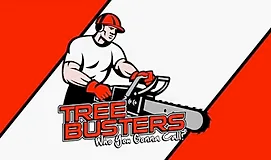4 Reasons to Have Your Trees Professionally Pruned
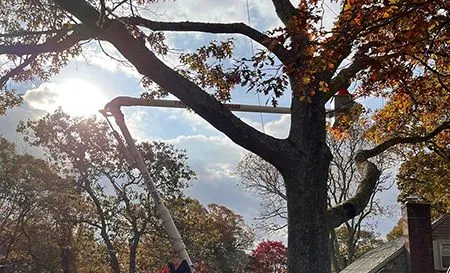
While many homeowners may view tree pruning as something they can do themselves, there are several benefits of entrusting this responsibility to a professional. At Tree Busters of Cape Cod, our local arborists provide expert tree pruning in the greater Falmouth, MA area. Here’s a look at four benefits of professional tree pruning.
Enhanced Tree Health
One of the primary benefits of professional tree pruning is the positive impact on the overall health of the tree. At Tree Busters, our experienced arborists possess the expertise to identify and remove diseased, dead, or decaying branches that can compromise the tree's vitality. By eliminating these potential hazards, the tree is better equipped to allocate resources to healthy growth.
Improved Structural Integrity
Professional tree pruning can enhance the structural integrity of a tree. Arborists are trained to identify weak or unstable branches that may pose a threat during adverse weather conditions. By selectively removing these branches, the arborist promotes a well-balanced canopy and reduces the risk of branches breaking and causing damage.
Disease Prevention and Control
Professional arborists are trained to identify signs of disease early on and take appropriate measures through pruning. In many cases, by promptly removing infected branches, the disease is less likely to spread throughout the entire tree. Also, proper pruning techniques promote air circulation within the canopy, reducing the conditions favored by fungal growth.
Safety First
One of the greatest benefits of professional tree pruning is the enhancement of safety on your property. Trained arborists are equipped with the knowledge and tools to perform tree pruning safely. Our team at Tree Busters understands the intricacies of working with trees, ensuring that the process is conducted without causing harm to the tree or posing risks to people and property.
Professional Tree Pruning in Cape Cod
When you need tree services in Falmouth, MA and the surrounding Cape Cod area, contact Tree Busters at 774-203-4998. We provide expertise with both residential and commercial tree care in Cape Cod. Feel free to give us a call today to ask for an estimate!
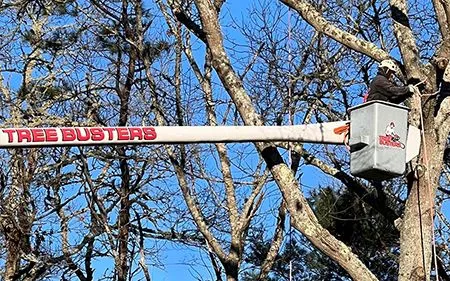
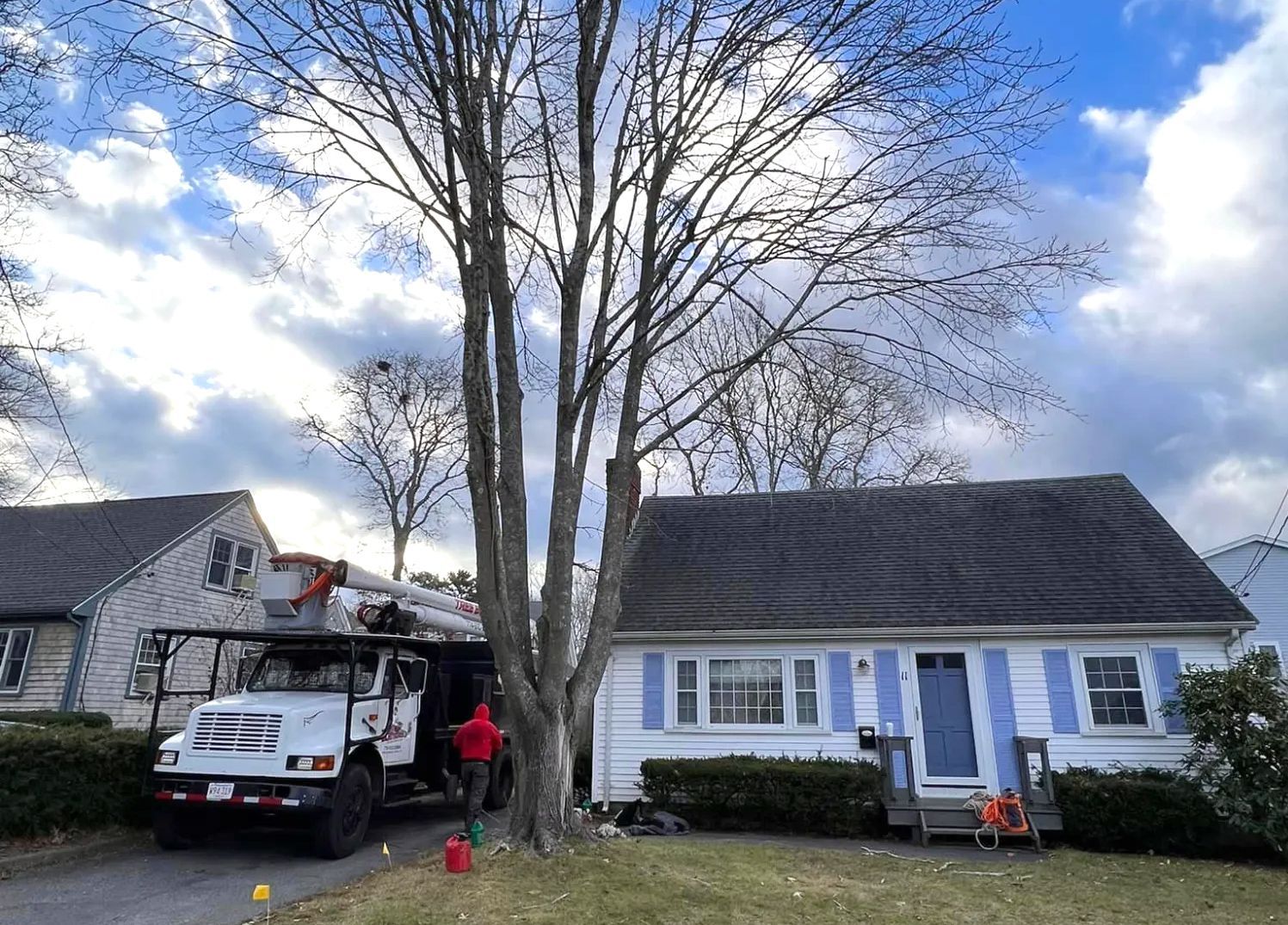
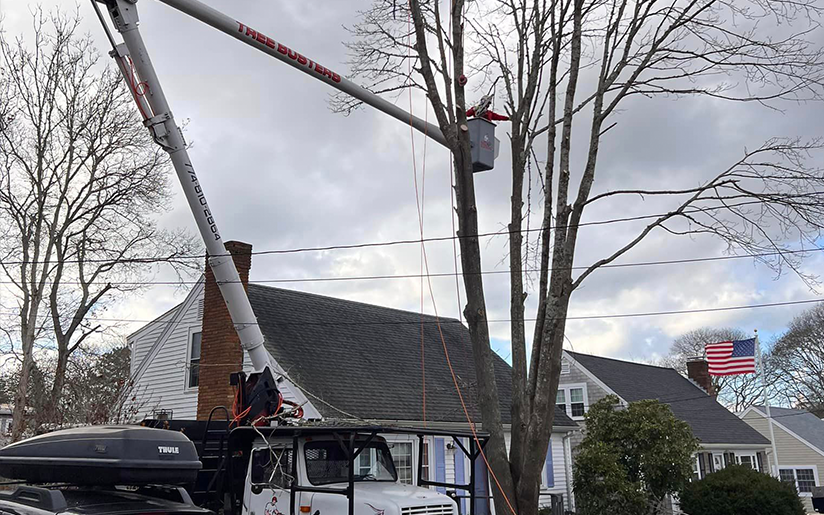
Estimate Request
Please fill in the form below and we'll have a representative contact you.
We will get back to you as soon as possible.
Please try again later.
About Us
Tree Busters of Cape Cod is a premiere tree service company proudly serving home and business owners in Falmouth, MA and the Surrounding Cape Cod Area.
All Rights Reserved
